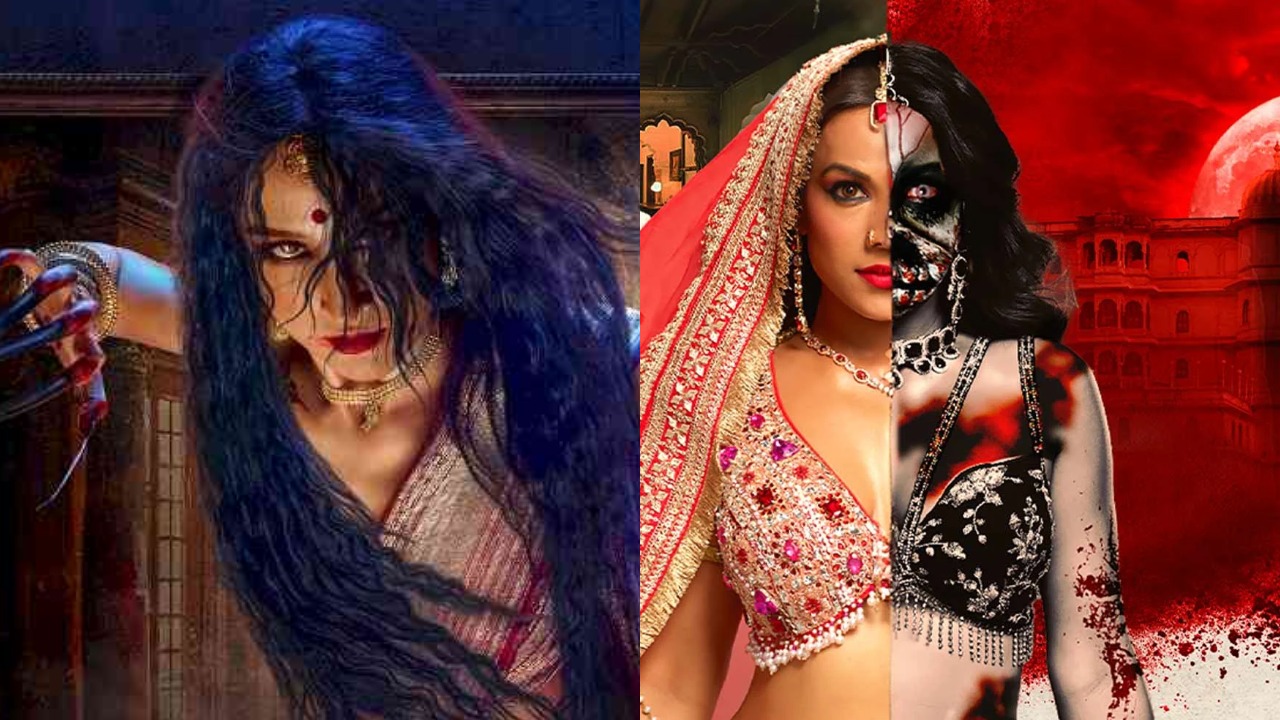The supernatural horror genre, Indian television style, continues to draw massive audiences with huge TRP ratings in 2025. Shows like Aami Dakini, Suhagan Chudail, Jaadu Teri Nazar, and an ever-evolving Naagin franchise have established there exists a loyal audience for such content. On the path of scale, cinematic appeal, a visual language, and a narrative drama adroitly blended into the genre once relegated to the edges of mainstream entertainment have been the thought and efforts of Ekta Kapoor, Gul Khan, and production houses such as Peninsular Pictures and The Blackpepper Films.
It is clear that a huge amount of creative energy and executional intent went into these shows. Aami Dakini interweaves folklore with multigenerational trauma while Jaadu Teri Nazar layers supernatural lore with romantic elements. From a technical and structuring standpoint, the genre has evolved tremendously. The supernatural, in just the last 10 years, has improved from cheesy to mesmerizing with technologies like special effects, multi-camera setups, and environment-driven soundscapes.
But innovation in form cannot give excuse to stagnation in substance. The majority of these stories continue to rely largely on the regressive ideas of curses, demonic possession, witch hunts, and karmic retribution. These tropes, often deeply embedded in archaic notions of culture, actually serve to buttress superstition rather than encourage any form of critical reflection. Suhagan Chudail and Pishachini still define women as seductive dangers or mystical saviors. The binary persists: the woman is either the protector or the destroyer, rarely anything in between.
The bigger question is why we are so obsessed with fear-based narratives. Why do we keep retreating into paranoia-inducing folklore of retribution at a time when the world is grappling with real and complex problems? We have the skills, the budgets, and the platforms to reimagine these stories, to steer away from fright and toward insight, away from vengeance and toward healing.
There is much praise for the genre for its developability and expansivity. It is the year 2025; we can continue to tell stories of magic and mystery now with new meanings. We can now opt for depth over mere drama and reflection over replication. We now want to stop scaring audiences and start speaking to them.

